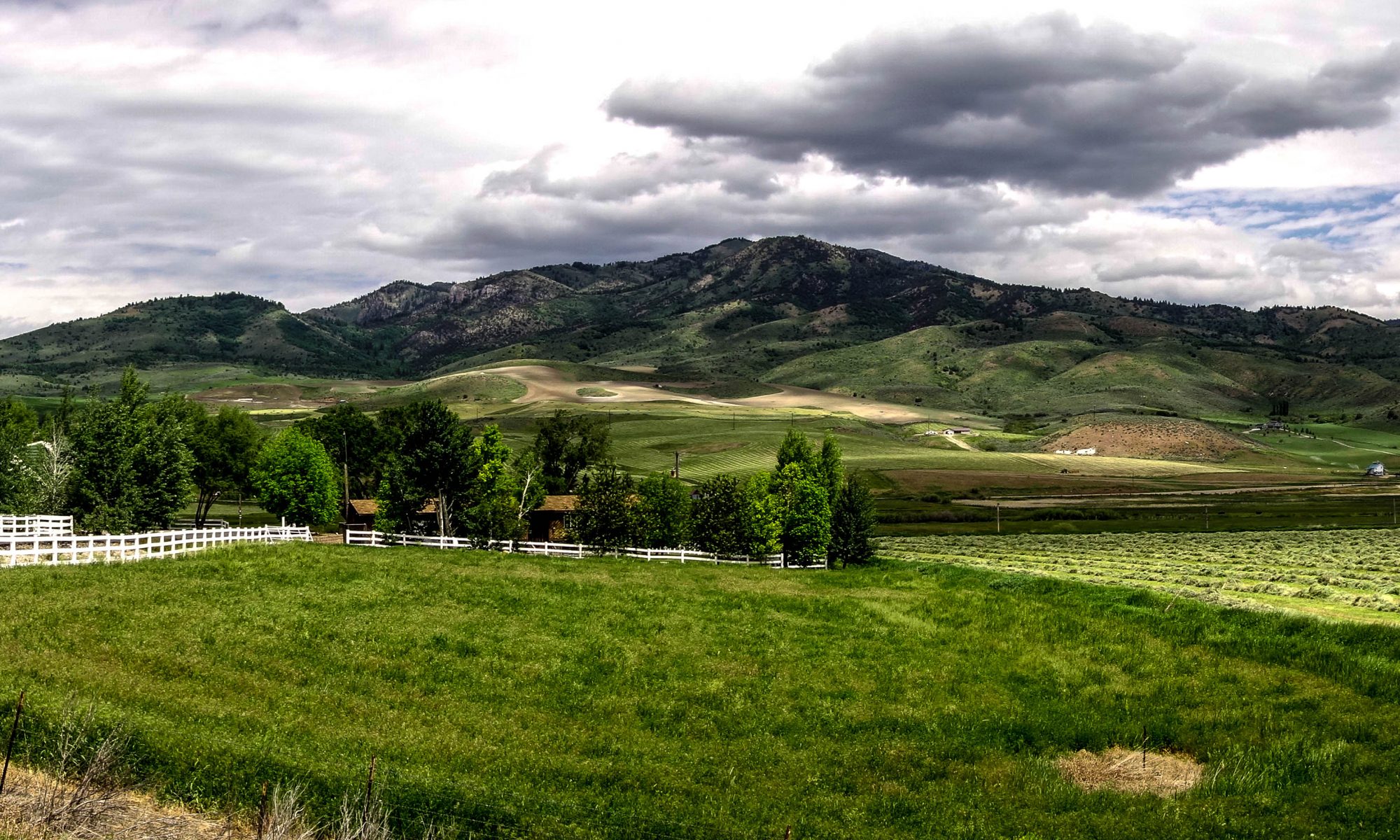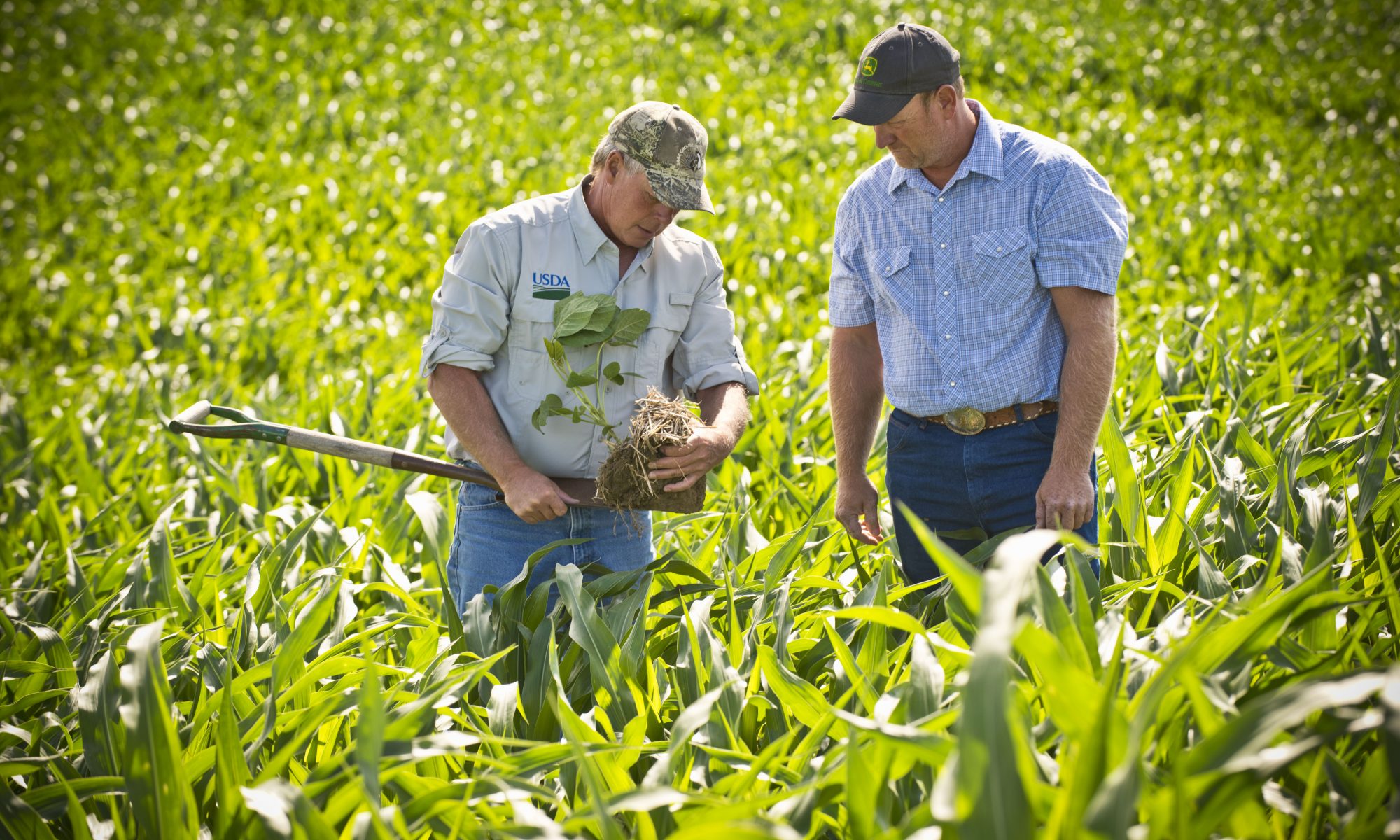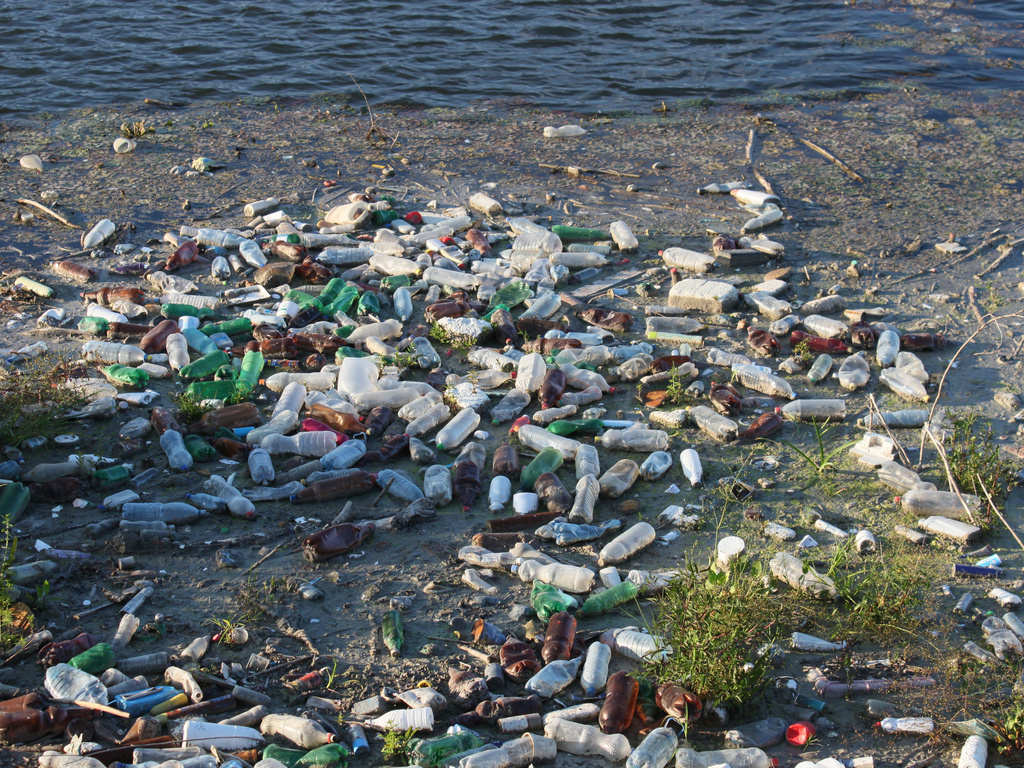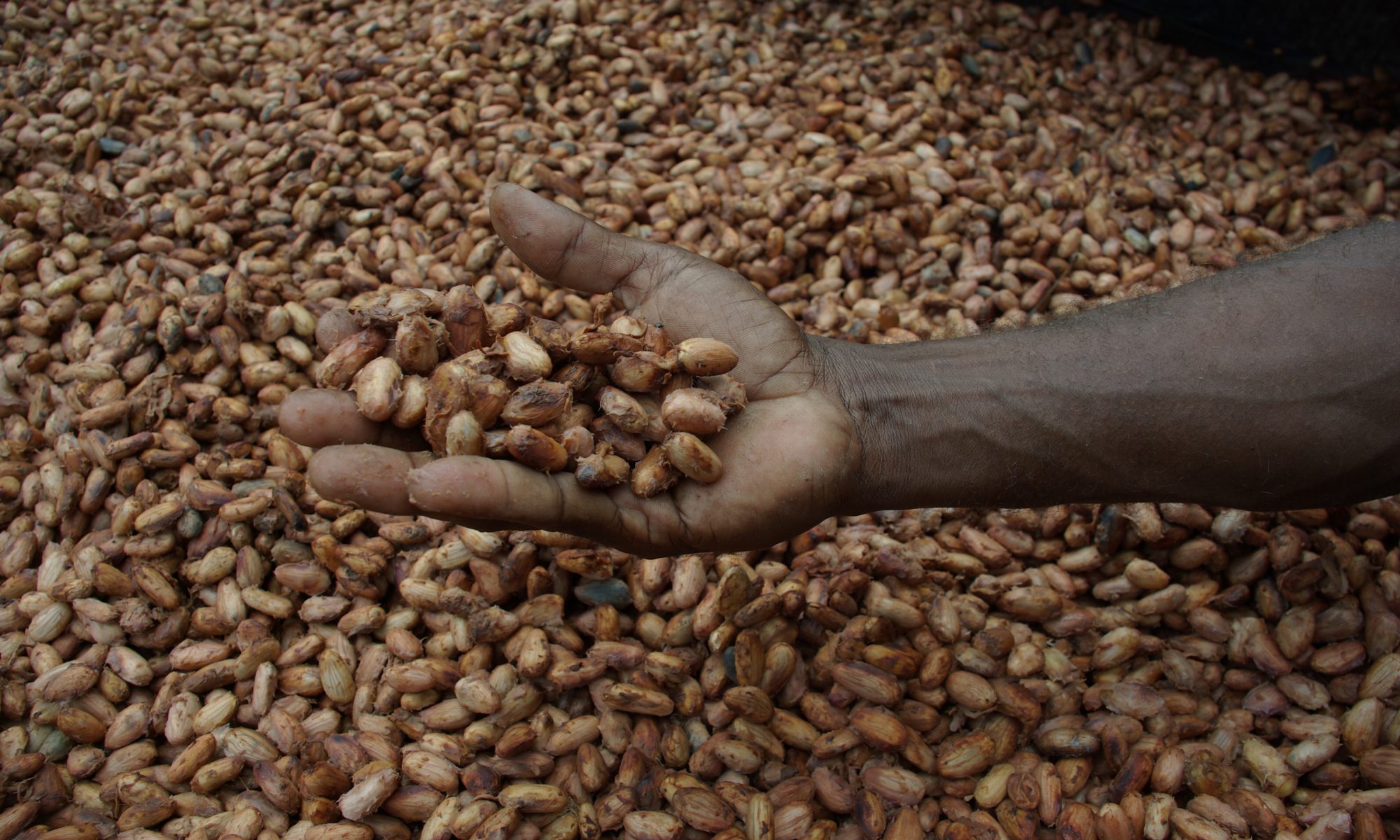A study published in January of this year, takes a close look at what is causing increased levels of salinity and alkalinity in waterways across the nation. The freshwater salinization syndrome, as they call it, has the potential to impact ecosystems, infrastructure, and the quality of our drinking water. The syndrome can be linked to multiple factors, but human created factors are most influential.
As observed by 232 United States Geological Survey (USGS) sites, 66% of streams and rivers show a statistical increase in pH. This increase is caused by excess salts being dissolved in the water from human use of brines and agricultural fertilizers. This phenomenon is most common in the eastern and midwestern U.S., but also very prominent in other regions. In the northeast, this has caused a trend of increased sodium and chloride levels in surface and groundwater, most likely due to the heavy amount of brine that is applied in the winter months. For the midwest, this increased pH comes from fertilizer and irrigation runoff with high a potassium content, from agricultural lands. In other regions, weathering and mining waste can cause such elevated pH.
High levels of pH caused by increased alkalinity and salinity, can have adverse effects for humans, plants, and marine life that depend on the water. Road salts, a contributor of this, are known to have far reaching ecological impacts, such as reduced fish size and inability to support vegetation in waters and on land. This study acknowledges the harmful effects of excessive use of salts and their unfortunate existence in our streams and rivers. Only 2.5% of water on the planet is fresh, drinkable water for humans, so we ought to care a lot about keeping that small percent clean. Treatment plants can only remove so many pollutants from our waters, and the process of removing salt from water is even more difficult and costly. When applying fertilizers in the spring, or brine in the winter, it is essential that you use as little as possible to prevent further harm to our streams and rivers.
Sources: , , R. M., and
https://www.smithsonianmag.com/science-nature/road-salt-can-disrupt-ecosystems-and-endanger-humans-180963393/










